In recent years, with the continuous growth of global energy demand and the increasingly diversified energy structure, pup joints, as a new trend in the energy market, are gradually leading the new direction of the global energy market. Oil pup joint is a mechanical component for connecting oil casing and tubing in petroleum development. It is mainly used for the connection of casing and tubing. The oil pup joint serves to connect the oil pipe, bear tensile force, lift the oil pipe, and seal the oil pipe thread. The oil pup joint is a short section of casing and tubing. Compared with the casing and tubing, it is only different in length, but everything else is the same. The lengths include: 0.25m, 0.5m, 1m, 1.5m, etc.used for assembling downhole pipe strings. Oil pup joint not only has an impact on the traditional oil market, but also promotes the development of emerging energy forms such as renewable energy, becoming an important part of the energy transformation era. Pup joint is a commonly used oil pipeline equipment, used to control the flow of oil in the oil pipe and ensure the normal operation of the oil pipe. Its production materials and production process also need to be treated rigorously. The following editor will introduce in detail the production materials and production process of pup joint.
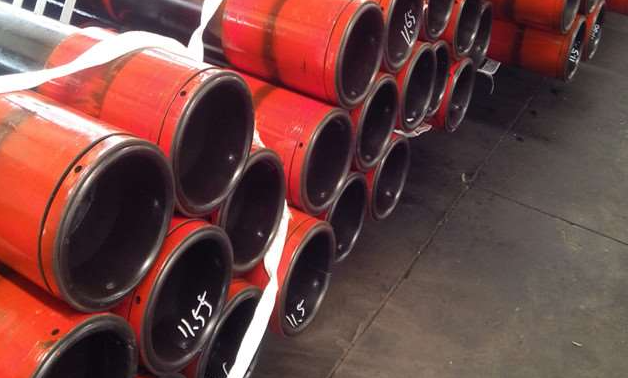
Common materials for making pup joint
Steel: Steel is one of the most widely used materials in pup joints. Steel has excellent strength and rigidity and can withstand large loads and deformations. Therefore, it is often used in pup structures that require high load-bearing capacity and good stability. Common steel materials include carbon steel, alloy steel, stainless steel, etc. The selection of specific steel models requires comprehensive consideration based on the specific use environment and requirements.
Aluminum alloy: Aluminum alloy is also one of the common pup joint materials. Aluminum alloy has low density, good corrosion resistance and processing performance, and is suitable for pup structures that require lightweight and corrosion resistance. In the field of aerospace, aluminum alloy nipples are widely used in structures such as aircraft and rockets.
Composite materials: Composite materials are composed of two or more materials with different properties and have excellent comprehensive properties, such as high strength, light weight, corrosion resistance, etc. In some application scenarios with extremely high weight requirements, such as spacecraft structures, high-speed train bodies, etc.composite materials are often used as the material of the pup joint.
When designing the pup joint structure, it is very important to choose the appropriate material, because the choice of material directly affects the performance, stability and service life of the pup structure. Here are some important requirements for the careful selection of materials used in pup joints:
Strength and stiffness: The pup joint structure needs to have sufficient strength and stiffness to withstand external loads and internal stresses. Strength refers to a material's ability to resist external forces, while stiffness refers to a material's resistance to deformation. When selecting materials, it is necessary to consider the type and magnitude of load that the pup joint needs to bear to ensure that the selected material can meet the strength and stiffness requirements of the structure.
Corrosion resistance: If the pup joint structure will be used in harsh environments, such as high humidity, acid and alkali environments, or exposed to the atmosphere, the corrosion resistance of the material is particularly important. Choosing materials with good corrosion resistance can effectively extend the service life of the sub-joint and reduce maintenance costs.
Weight: For some application scenarios, such as aerospace or mobile devices, weight is an extremely important consideration. Choosing lightweight materials can reduce the weight of the overall structure and improve carrying efficiency and performance.
Cost: The cost of materials is also a factor to consider. When the project budget is limited, it is necessary to select materials with moderate cost while ensuring structural performance to ensure the economic feasibility of the project.
The production process of oil pup joints needs to be carried out in strict accordance with relevant API 5CT standards and specifications to ensure reliable quality, safety and reliability. At the same time, special attention needs to be paid to anti-corrosion measures during the production process to improve the service life and stability of the pup joint.
Material standards for pup joints: Petroleum pup joints are usually made of high-strength, corrosion-resistant steel, so their material standards mainly include the following
Steel standards: Commonly used steel standards include ASTM (American Society for Testing and Materials) A234, A105 and other standards, or domestic standards GB/T 12459, GB/T 13401, etc.
Sealing material standards: The sealing materials inside the petroleum sub-joint usually choose rubber, polytetrafluoroethylene (PTFE) and other high-temperature and corrosion-resistant materials. The standards include ASTM D2000, ASTM D1418, etc.
Anti-corrosion coating standards: The anti-corrosion coating on the surface of oil pup joints usually complies with relevant standards such as ISO 12944 to ensure that it has good anti-corrosion performance.






 English
English Español
Español بالعربية
بالعربية

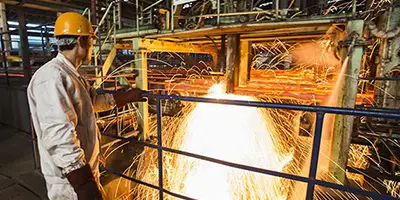
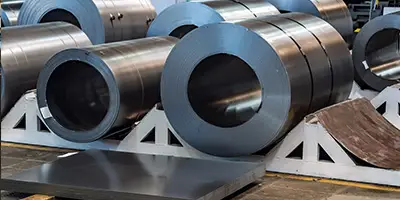

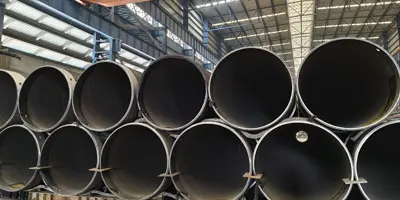
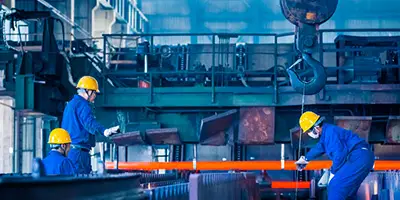
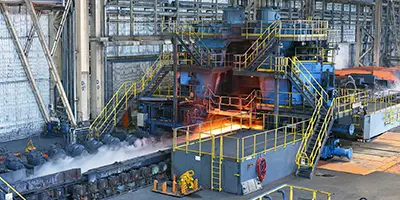




 Phone :
Phone :  Whatsapp :
Whatsapp :  Email :
Email : 


